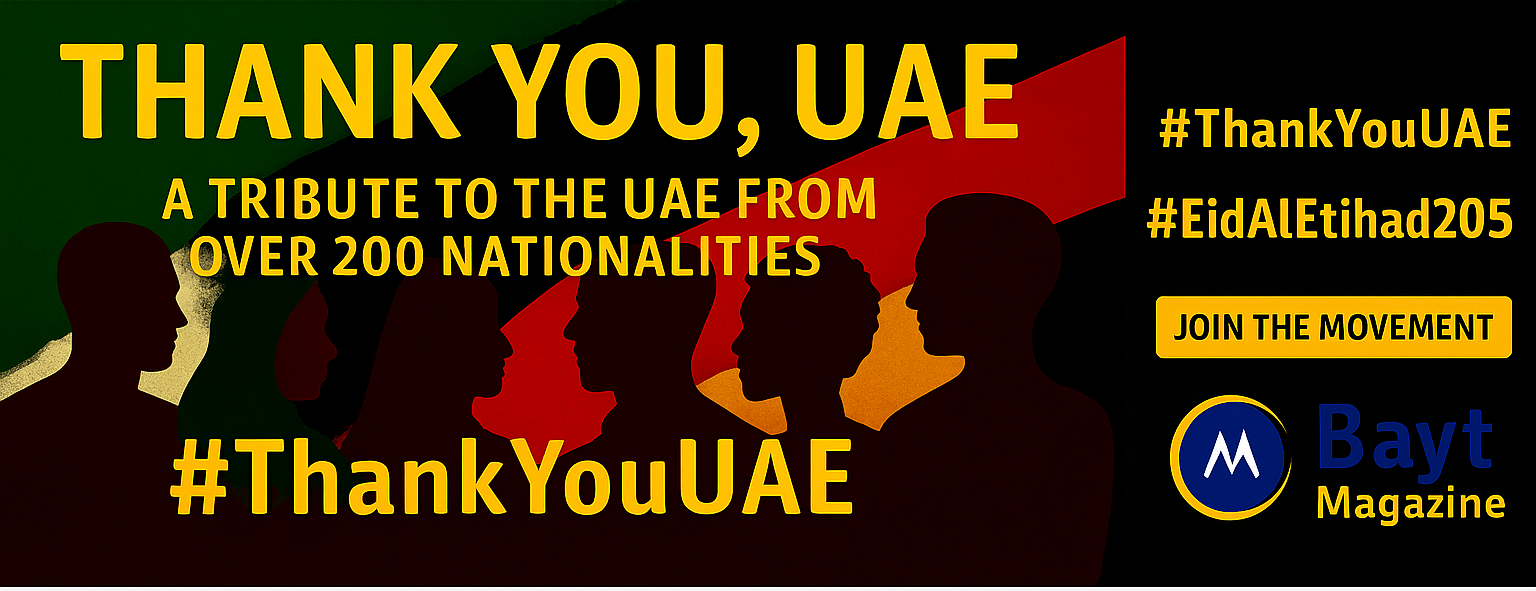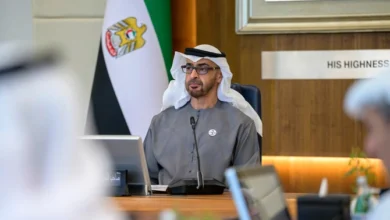
Why Al Ain Museum Is UAE’s Most Fascinating Time Capsule
Al Ain Museum showcases a remarkable collection of artifacts that are over 300,000 years old. Visitors can see fascinating glimpses of the earliest human settlements in the Arabian Peninsula. UAE Founding Father Sheik Zayed bin Sultan Al Nahyan established this cultural gem in 1969. The museum has undergone a major transformation and reopened, successfully combining its rich heritage with new ideas.
The museum now covers 8,000 square meters with ten main galleries that feature cutting-edge visual and interactive displays. Archeologists found important new discoveries during the renovation work. These included an ancient irrigation system and early building foundations. The museum’s groundbreaking in situ display features the impressive aflaj wells from 1000 BCE to 300 CE. These wells show how early communities turned the desert’s lack of water into a chance to thrive. Al Ain city earned its place as the first UAE site on the UNESCO World Heritage List in 2011. History lovers will appreciate that the city includes 17 cultural sites, making their museum visit even more meaningful.
The Origins of Al Ain Museum
Image Source: The Abu Dhabi Pass
The Origins of Al Ain Museum
Al Ain Museum’s story began with a bold vision that became the life-blood of United Arab Emirates’ cultural identity. This vital institution stands as evidence of the nation’s steadfast dedication to heritage preservation while looking toward the future.
Founded by Sheik Zayed in 1969
Sheik Zayed bin Sultan Al Nahyan, the UAE Founding Father, started the Al Ain National Museum in 1969. The nation’s first museum aimed to showcase Al Ain region’s archeology and history. Sheik Zayed authorized a temporary exhibition at Sultan Fort that drew visitors before the museum’s official opening. His initiative showed his deep commitment to preserve Emirati heritage while the nation was still taking shape.
From Sultan Fort to national landmark
Sheik Tahnoon bin Mohammed Al Nahyan, the Ruler’s Representative in the Eastern Region, officially opened the museum on November 2, 1971. The museum started with two exhibition halls. Archeological campaigns between 1973 and 1977 unearthed many important artifacts. Sheik Zayed expanded the museum to four exhibition halls.
Sultan Fort, also known as the Eastern Fort, stands at the museum’s heart. Sheik Sultan bin Zayed, son of Sheik Zayed the First and Abu Dhabi’s ruler from 1922 to 1926, built this well-preserved mud-brick structure in 1910. The fort’s distinctive features include:
- Towers at three corners
- A gate in the southern façade
- Traditional mud-brick construction
The fort’s eastern edge location in Al Ain Oasis placed it at the former village’s center, or hara. The village got its alternative name “Haret Al Hosn” from the fort itself.
Al Ain’s UNESCO World Heritage status
Al Ain achieved a major milestone in 2011 by becoming UAE’s first city on the UNESCO World Heritage List. The designation covers 17 cultural sites. UNESCO recognized the region’s “enduring legacy and its role in the development of human settlement in arid environments”.
The museum closed temporarily in 2018 for restoration and expansion. Archeologists discovered three major archeological sites during this process. These sites remain preserved in their original locations, adding more historical significance to this remarkable institution.
Archeological Discoveries Beneath the Museum
Image Source: Gulf News
Archeological Discoveries Beneath the Museum
Workers found remarkable archeological treasures beneath Al Ain Museum’s floors during renovation work. These findings have changed what we know about Al Ain’s ancient past.
The aflaj irrigation system: Iron Age engineering
The most important technological advancement in the region’s history lies preserved beneath the museum. The ancient aflaj irrigation system dates back about 3,000 years. These sophisticated underground water channels from the Iron Age enabled green agriculture and helped people settle in Al Ain for the long term. Archeologists have found more than 50 ancient aflaj built with different techniques that show various phases of agricultural development.
The brilliance of these systems shows in their design. Main channels run north to south while smaller ones branch east to west and connect to the nearby oasis. This finding proves Al Ain wasn’t just a small settlement but “one of the main agricultural heartlands of its time”. Knowing how to tap deep groundwater through these channels created year-round water supply—exactly what people needed to build and maintain an oasis.
The pre-Islamic tomb: A glimpse into ancient beliefs
A pre-Islamic cemetery found beneath the museum stopped construction for over a year because of its exceptional importance. This 2,000-year-old tomb stands as one of the few examples of pre-Islamic funerary architecture in the region.
The grave goods tell us fascinating details about the society:
- Personal items: Fine gold jewelry, shell cosmetic containers, bead necklaces, and bracelets
- Weaponry: Iron daggers, swords, and caches of arrowheads
- Feasting evidence: Broken wine amphorae in old wells
Burial practices give us a window into pre-Islamic beliefs. People placed bodies in shaft tombs with niches that looked much like later Islamic customs, except they didn’t face Makkah. This hints at a society in transition—”the prelude to Islamic culture”.
In situ preservation: Standing above history
The archeological treasures remain exactly where workers found them. The museum has three sections built around in situ archeological remains from the Iron Age to the Late Pre-Islamic period. This creative approach turns the building into both gallery and excavation site. Visitors can stand above history thanks to glass flooring.
Dabbagh Architects’ integration of “live archeology” into the museum’s redesign creates an immersive experience. Visitors can see discoveries as they happen. Museum director Al Kaabi explains: “These are now preserved as part of the visitor experience, with three archeological sites opened to the public”.
Artifacts That Tell a Story
Artifacts That Tell a Story
Al Ain Museum’s ancient treasures create a tangible link to past civilizations. These remarkable items reveal rich details about daily life spanning thousands of years.
Stone tools from Jebel Hafit and Jebel Munda
The museum’s oldest pieces are stone tools found near Jebel Hafit and Jebel Mundassa. These date back roughly 300,000 years to the Paleolithic era and represent the earliest signs of human activity in the Arabian Peninsula. Mountains served as significant resource points that provided water and shelter. Nomadic groups relied on these areas as vital stopover points to sustain themselves.
Jewelry, weapons, and daily life items
The region’s remarkable craftsmanship shines through gold ornaments from the Wadi Suq period (3,625-4,025 years ago). A beautiful gold necklace stands out with its depiction of two opposing hornless animals – likely goats or ibexes. Grave goods help archeologists tell male and female burials apart. Women’s graves had personal adornments and perfume jars, while men’s graves contained tools and date wine implements.
Coins and trade links with ancient civilizations
Al Ain’s extensive trade networks come to life through numerous coins found in the area. The collection features coins with images of Alexander the Great and Hercules, along with locally minted copper coins from Umm Al Quwain. The Maria Theresa thaler holds special significance as it stayed in circulation until 1973 when the UAE dirham took its place.
Beauty and fragrance tools from the 20th century
Recent history comes alive through traditional beauty implements in the museum’s collection. Visitors can see kohl containers with their merwad applicators and precious oud wood in incense burners. These items were central to Emirati beauty traditions. Traditional clothing sits nearby – kandoras with talli embroidery and silver-beaded shailas that show Al Ain’s everyday life before modern times.
The Museum Today and Its Cultural Role
Image Source: The National News
The Museum Today and Its Cultural Role
Al Ain Museum reopened on October 24, 2025, after a complete redevelopment. The museum has transformed into a vibrant cultural hub that celebrates history while adopting modern museum practices.
Modern galleries and interactive exhibits
The museum’s expanded facility covers 8,000 square meters and features 10 main galleries with cutting-edge interactive technologies. Traditional storytelling blends seamlessly with modern presentation methods to create immersive experiences that make history come alive. Visitors will find displays designed for everyone’s access, including special zones for children, adults, and people of determination.
The research center and conservation labs
Al Ain Museum functions as a crucial center for archeological scholarship through its dedicated research facility. Specialized conservation laboratories allow experts to carefully preserve ancient artifacts[174]. This scientific foundation will give future generations access to intact objects and supports ongoing regional excavations.
Diplomatic gifts and Sheik Zayed’s legacy
Sheik Zayed’s diplomatic gifts take pride of place in the museum, showing the nation’s international relationships during its early years. Notable items include a samurai helmet with a mythical lion-dog motif, Jordan’s mother-of-pearl replica of Jerusalem’s Dome of the Rock, and a small moon rock from Apollo 17’s 1972 mission.
Connecting youth with national identity
Sheik Zayed’s emphasis on education shapes the museum’s educational programming. Young generations participate in interactive workshops to learn about their heritage, which deepens their connection to UAE’s national identity. The museum’s resources have become part of nationwide school curricula through partnerships with educational authorities.
Al Ain Museum showcases the UAE’s rich mixture of culture that spans over 300,000 years. Its extensive collection of artifacts shows how human settlements developed in the Arabian Peninsula. The museum brings Sheik Zayed’s vision to life by preserving national heritage and embracing new breakthroughs.
The museum went through major changes and now gives visitors an exceptional experience across its 8,000 square meters. Archeological finds beneath the museum’s floors have improved our knowledge of ancient Al Ain. The aflaj irrigation system and pre-Islamic tomb stay preserved in their original spots, and visitors can see history through glass flooring.
The museum tells the story of Emirati society’s development. It displays everything from 300,000-year-old stone tools to diplomatic gifts given to Sheik Zayed. Traditional storytelling blends with modern presentation methods to create a space where people connect with their past deeply.
The museum also acts as a key center for archeological research with its facility and conservation labs. Its educational programs help young generations learn about their heritage and deepen their commitment to national identity.
Al Ain Museum is more than just a collection of artifacts. It shows the nation’s steadfast dedication to honoring its past while building its future. These cultural treasures will inspire future generations with stories of human resilience and breakthroughs in the Arabian Peninsula.


